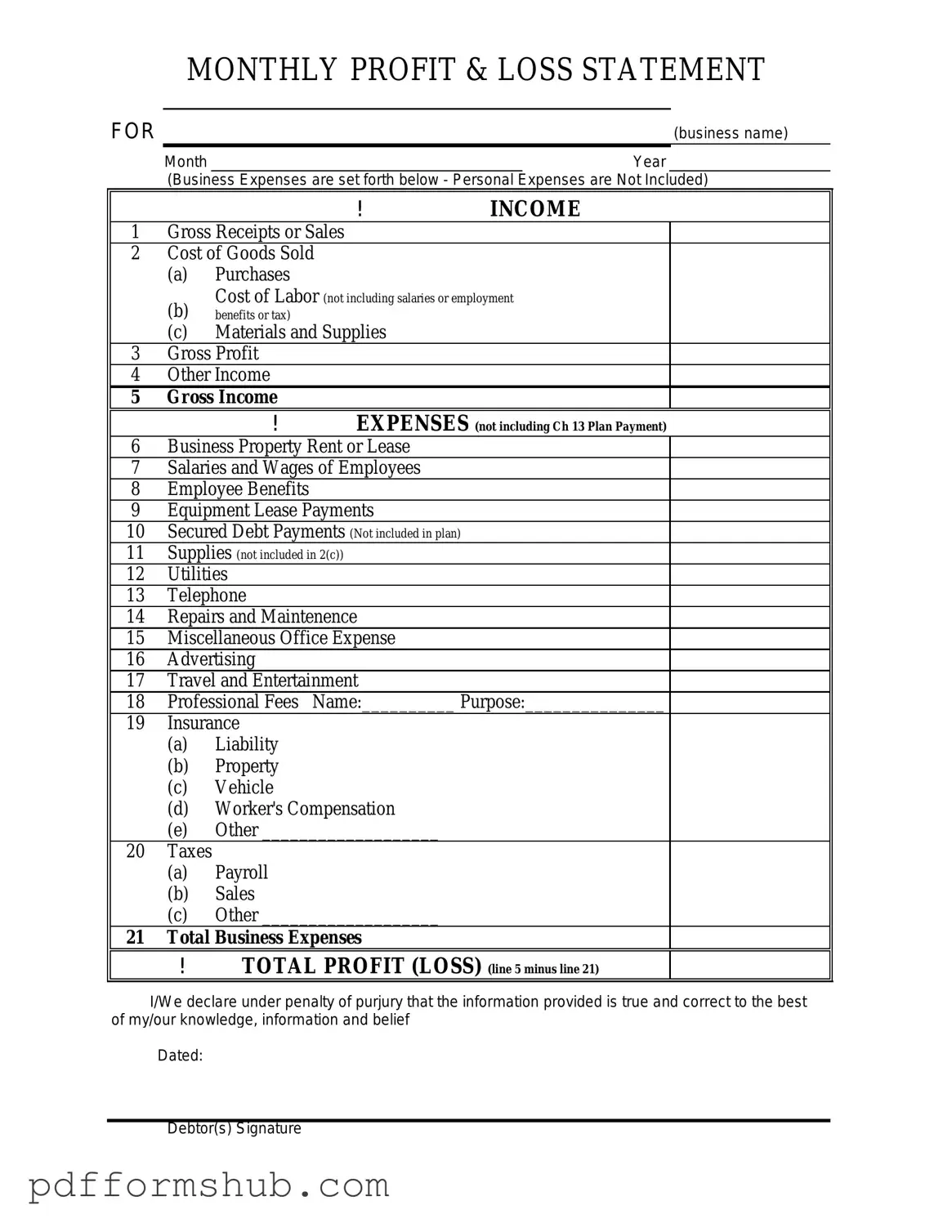Fill in Your Profit And Loss Form
The Profit and Loss form, also known as an income statement, provides a clear overview of a business's revenues and expenses over a specific period. This essential financial document helps business owners assess their profitability and make informed decisions for future growth. To gain insights into your financial performance, consider filling out the form by clicking the button below.
Customize Form
